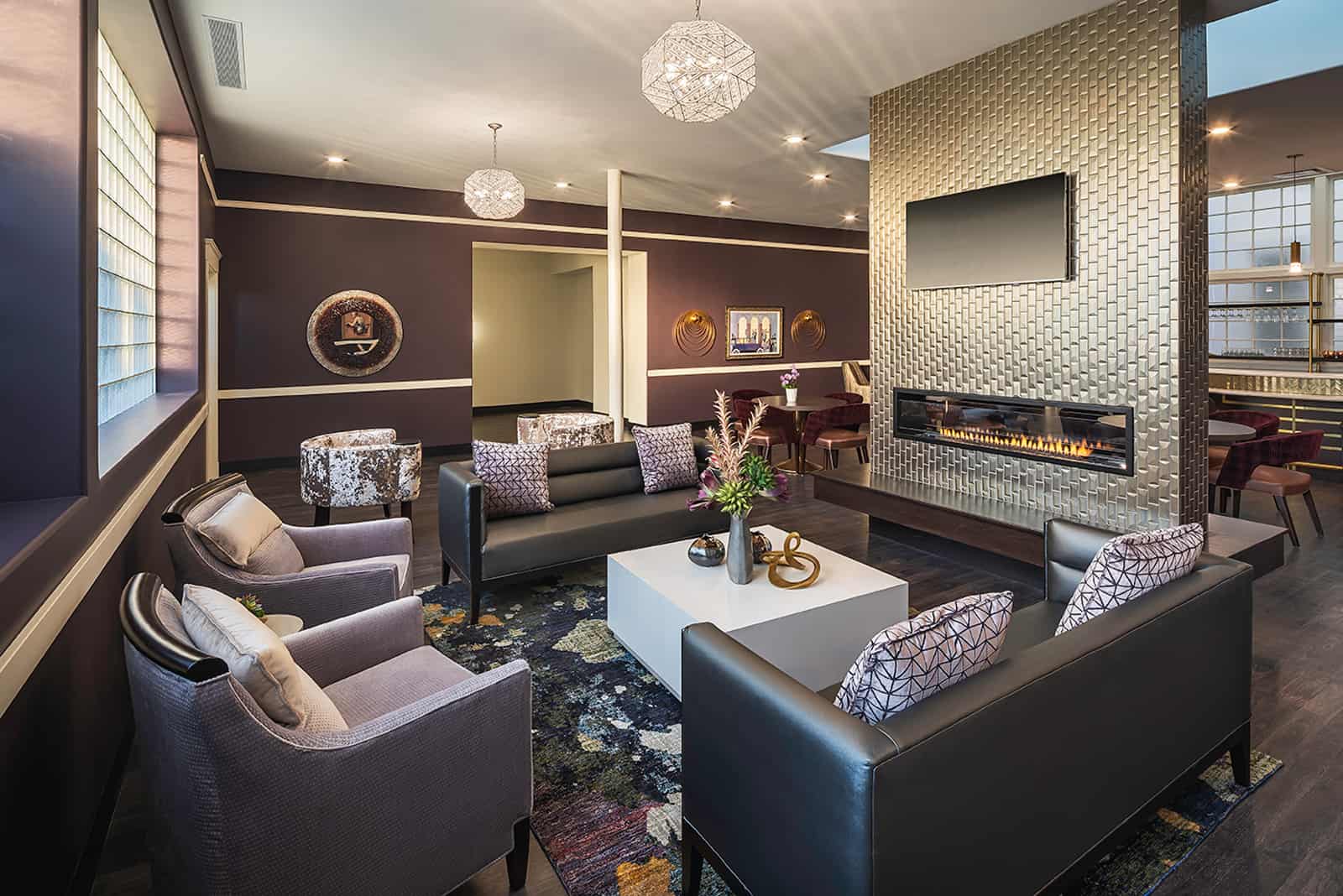Designing Senior Living Communities Post COVID-19
RDL’s Senior Living Studio Director Eileen Nacht, AIA, LEED AP, EDAC, recently co-led a session at LeadingAge Ohio focused on COVID-19 Aftermath: Reinforcing Appropriate Design. In the session, Nacht and co-speaker Brit Vipham discussed how COVID-19 has made a lasting impact on the Senior Living community. Over the past year, architects, developers and consultants have had to reapproach strategic planning as it relates to designing spaces that safely allow residents to maintain a level of social interaction and safety. Additionally, industry professionals have been forced to rethink quality of life challenges, such as:
- Social isolation
- Communication
- Dining experience
- Activities and programming

Here is Nacht’s advice for creating holistic senior living communities post-COVID-19:
“Appropriate Design”
Now more than ever, it is important to evaluate the design, technology and operations of a senior living facility.
As we adapt and look to the future, we need to evaluate design, technology, and operations. We recognized that what is accepted as good design for enhancing the user experience, is “Appropriate” design for reducing spread of infection.
RDL has incorporated multiple entry points in senior living communities to achieve operational efficiencies, marketing benefits of distinct entry points for different levels of care and screening back of house operations. The further advantage of multiple entry points during a pandemic is to control visitor access.
Utilizing “small house design” is traditionally a great option for memory care because the residential scale and familiar room to room circulation patterns tends to reduce agitation. Additionally, the small house model allows operators to quarantine a house to reduce spread of infection.
Designing designated outdoor spaces, is crucial for maintaining social interaction during and participation in extracurricular activities. Development of meaningful outdoor space is a priority.
Adjusting the furniture layout of dining rooms allows for residents to maintain a level of social interaction during dining while properly social distancing. An added benefit of increased distance between tables improves acoustics for more comfortable conversations. RDL is utilizing adjacent flexible, activity rooms as decentralized dining spaces to allow residents to socialize safely and comfortably.
Keeping the interior spaces clean and sanitary is critical to the safety of residents, operators and staff. Consider specifying interior finishes with non-porous, nano-septic and anti-microbial properties. Additionally, enhance indoor air quality by installing HEPA filters, bi-polar ionization and UV technology. Another key consideration for enhancement of the interior environment is “hands-free” technology that keeps users safe, such as, plumbing fixtures, light sensors, door hardware and entry systems, etc.
Technology
Keeping residents connected and engaged is a challenge, even in normal times. COVID-19 has only made this task more difficult. As a result of the pandemic, RDL has implemented a variety of technology solutions to enhance the resident experience, such as:
- Handheld devices (CATIE)
- Skype/computer rooms
- Telehealth rooms
- Virtual programming spaces
- Virtual reality (VR) gaming spaces
Other considerations Post-COVID-19
In addition to enhancing the resident experience in senior living communities, prioritizing staff spaces is an important consideration for architects and developers. Creating spaces that staff want to be in will increase employee satisfaction, which is a differentiating factor in the marketplace.
Unfortunately, COVID-19 has affected the development of senior living communities. When developing construction schedules, take into consideration material shipping delays due to the backlogged global supply chain. Consider ordering in advance and look into storing materials in local warehouses or shipping containers.
Finally, it is critical to keep your client’s budget at the forefront, especially when costs of materials and commodities are at an all-time high. Engaging team members early in the process places your team ahead of the curve in analyzing supply chain issues to see the project through to fruition.

